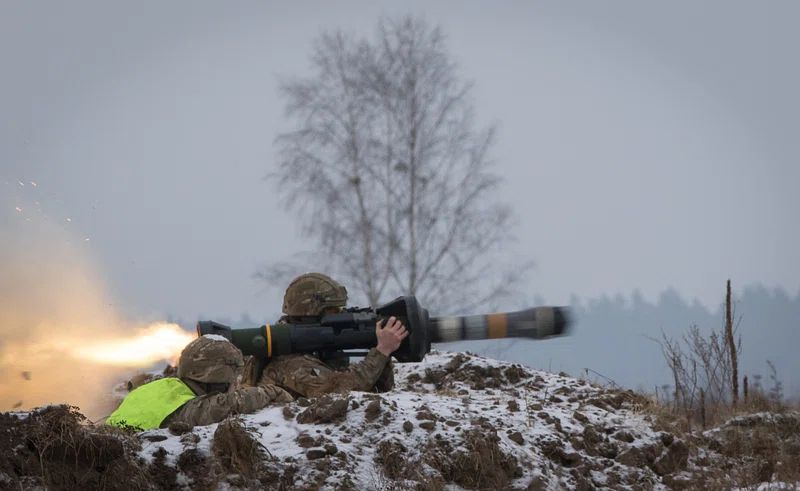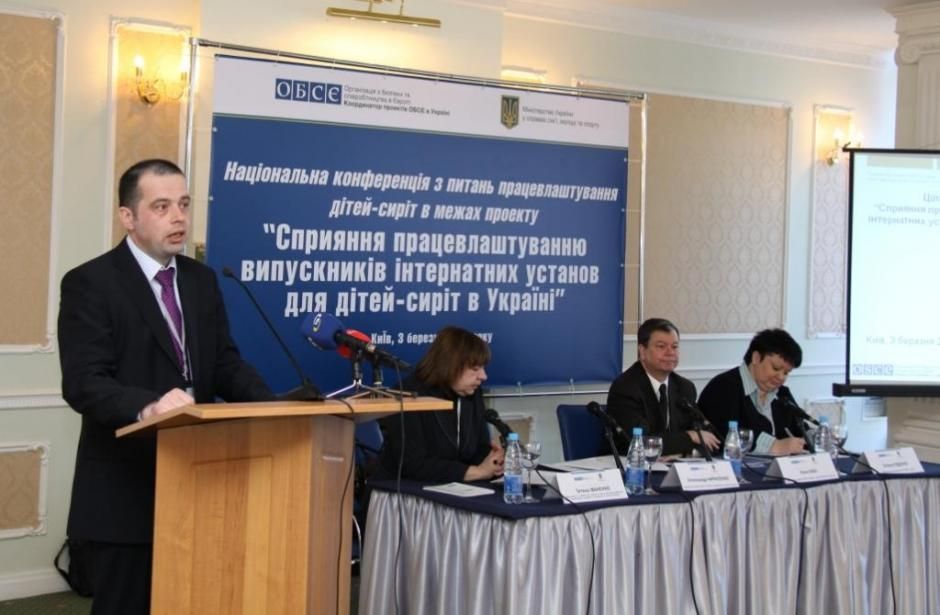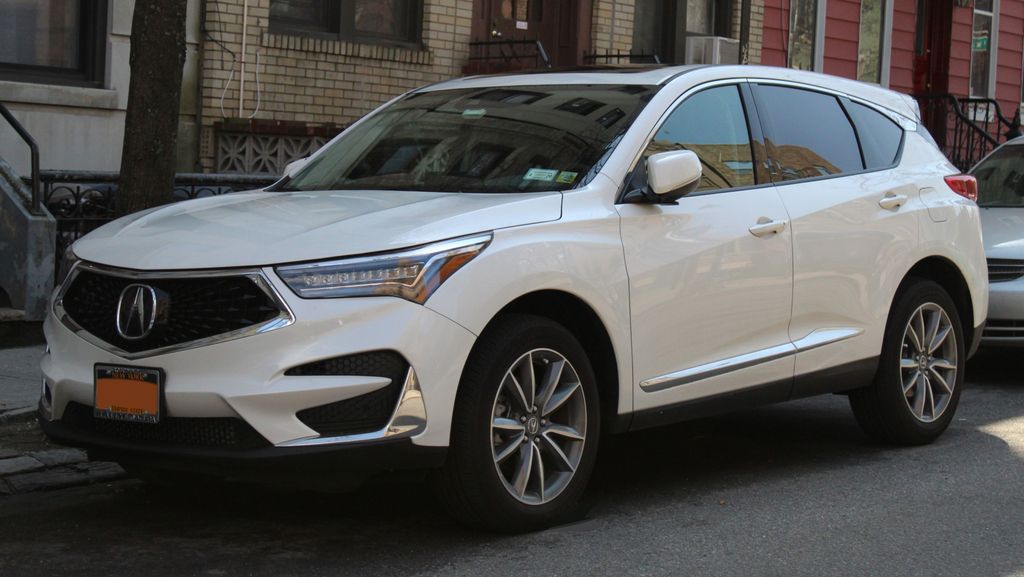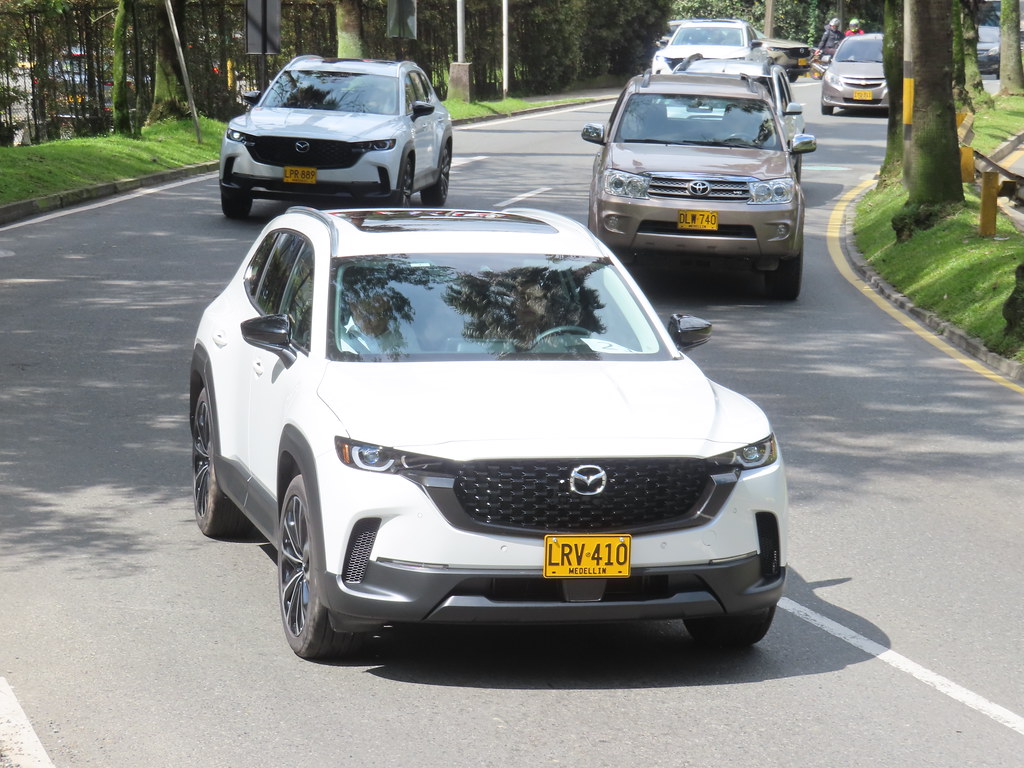
The United States State Department announced on Wednesday its approval of a significant $322 million package of proposed weapons sales to Ukraine. This crucial military assistance is specifically designed to enhance Ukraine’s air defense capabilities and provide essential armored combat vehicles. The decision comes as Ukraine continues its arduous efforts to repel escalating Russian attacks across its territory, highlighting the persistent need for robust international support.
This newly approved package comprises two distinct yet interconnected components. The first allocation, valued at $172 million, is designated for surface-to-air missile systems, specifically the HAWK Phase III Missile System and its associated sustainment and related equipment. This advanced missile system is of strategic importance to Ukraine.
It is expected to significantly augment the nation’s existing air defense infrastructure, thereby enhancing its ability to intercept and prevent the destruction caused by incoming strikes. Such capabilities are paramount in safeguarding Ukrainian cities, critical infrastructure, and military positions from aerial threats, which have been a consistent feature of the ongoing conflict.
The second portion of the sales, totaling approximately $150 million, is allocated for equipment and services necessary for the refurbishment of Bradley Infantry Fighting Vehicles. This comprehensive support package also includes vital technical assistance, training, necessary publications, and other related elements of logistics and program support, which are crucial for maintaining operational effectiveness in the field.

These Bradley Infantry Fighting Vehicles are of significant importance to the Ukrainian military. The administration of former President Joe Biden previously donated nearly 200 such vehicles to Ukraine following Russia’s full-scale invasion in February 2022. While these vehicles have proven to be valuable assets on the battlefield, the intensity of the conflict over the past three years has resulted in the majority of them being damaged or destroyed.
The proposed sale addresses this critical need for sustainment and repair. The Defense Security Cooperation Agency (DSCA) emphasized the urgency, stating that “Ukraine has an urgent need to enhance local sustainment capabilities to maintain high operational rates for vehicles and weapon systems provided by the United States.” This reflects a strategic focus not only on providing new equipment but also on ensuring the longevity and effectiveness of existing assets.
Furthermore, the DSCA underscored the broader impact of this aid, noting that “Improved maintenance, repair, and overhaul capabilities will directly contribute to battlefield effectiveness through a more resilient and rapid repair cycle, which will increase overall operational rates while reducing logistics and financial burdens.” This holistic approach aims to maximize the impact of U.S. military assistance on Ukraine’s operational readiness and sustainability.
The State Department confirmed that these potential sales have been formally notified to Congress, which is a standard procedural step for such foreign military transactions. This notification initiates the congressional review period, after which the sales can proceed, pending no objections from lawmakers.
In a broader context, these approvals follow a period of noticeable shifts in U.S. policy regarding military aid to Ukraine. Weeks prior to this announcement, Defense Secretary Pete Hegseth had directed a temporary halt to other weapons shipments to Ukraine. This halt was intended to allow the Pentagon to assess its weapons stockpiles, a move that reportedly took the White House by surprise.
However, President Donald Trump subsequently made an abrupt change in policy earlier this month, publicly pledging to continue sending weapons to Ukraine. His commitment was articulated unequivocally: “We have to,” Trump stated, emphasizing the imperative of self-defense. “They have to be able to defend themselves. They are being hit very hard now. We are going to send some more weapons—primarily defensive weapons.”
This public declaration signaled a renewed, albeit potentially evolving, commitment to providing direct military support to Kyiv. The President’s statements have consistently underscored the necessity for Ukraine to be able to defend itself against ongoing Russian aggression, framing the aid as a critical component of their national security.
Read more about: Apple’s Record Quarter: iPhone Strength and Strategic Diversification Power the Tech Giant Through Turbulent Tariff Waters

The United States has been a steadfast, albeit at times deliberative, supporter of Ukraine since the onset of the full – scale invasion. Since February 2022, the U.S. has provided over $67 billion in weapons and security assistance to Kyiv, thereby making it the largest single donor of military aid to the embattled nation. This sustained support underscores a long – term strategic commitment to Ukraine’s sovereignty and territorial integrity.
During President Trump’s current tenure in office, his administration has navigated a complex political landscape with regard to military aid to Ukraine. This period has witnessed a back – and – forth dynamic concerning the provision of further military assistance, influenced by various domestic pressures. Notably, there has been political pressure to reduce U.S. funding for foreign conflicts, particularly from isolationist factions within the Trump administration and on Capitol Hill.
Despite these internal debates, the overarching policy has remained focused on strengthening Ukraine’s defensive capabilities. The United States has also regularly urged its allies to contribute air defense systems to Ukraine, recognizing these as a critical need for the country’s survival amid constant aerial assaults. However, many allied nations have expressed reluctance to relinquish their high – tech systems.
Read more about: From Sea to Sky: Ukraine’s Uncrewed Vessels Redefine Naval Warfare in the Black Sea

This reluctance is particularly pronounced among countries in Eastern Europe, which themselves feel directly threatened by Russia’s aggressive stance. Their strategic calculations often prioritize maintaining their own defensive arsenals in the face of regional instability, rendering the provision of advanced air defense systems a sensitive issue for many.
In a related development, Ukrainian Defense Minister Oleksiy Reznikov announced on Monday that Germany would provide Ukraine’s military with five “urgently needed” Patriot batteries. This significant contribution is being made “as swiftly as possible” and is being carried out in cooperation with the United States, illustrating a multinational effort to bolster Ukraine’s air defense.
This new system for supplying Ukraine with necessary armaments, specifically through the sale of U.S. weapons to European allies, has been promoted by President Trump. He has presented this approach as a mutually beneficial alternative to direct donations, suggesting it could invigorate the U.S. defense industry while simultaneously equipping allies to support Ukraine.
The DSCA, in its official statements regarding both the HAWK missile systems and the Bradley vehicle refurbishment, maintained that the sale of this equipment “will not alter the fundamental military balance in the region.” This assessment is a standard part of U.S. arms sale approvals, aimed at reassuring regional actors and global powers of the defensive nature of the aid.
Furthermore, the DSCA also affirmed that the provision of these systems “will have no adverse impact on U.S. defense readiness.” This statement seeks to address any domestic concerns regarding the depletion of American military stockpiles or capabilities, ensuring that U.S. national security remains uncompromised even as it supports international partners.
President Trump has also indicated plans for a larger framework of assistance, suggesting that his administration would provide “billions of dollars” in weapons through NATO. However, this substantial aid package has been stated to be conditional on Russia agreeing to a cease – fire, introducing a conditionality to future large – scale military support.
Recently, President Trump expressed continued dissatisfaction with Russia’s actions and signaled potential future punitive measures. He stated that the United States would impose stringent sanctions on Russia if no peace agreement was reached within a stipulated 50 – day timeframe, indicating a combination of diplomatic and economic pressure alongside military aid.
Additionally, the President has announced the anticipated transfer of up to 17 Patriot air defense systems to Ukraine “in the near future.” This indicates a multifaceted approach to reinforcing Ukraine’s air defense network, combining direct U.S. sales, allied contributions, and potential future transfers of highly capable systems.
The ongoing conflict in Ukraine has underscored the critical importance of robust air defense and sustained armored mobility for a nation engaged in large – scale combat operations. The approval of this $322 million package directly addresses these urgent needs, providing Kyiv with more advanced tools to defend its skies and bolster its ground forces.
This latest tranche of U.S. military assistance, encompassing both the highly capable HAWK air defense systems and the critical support for Bradley Infantry Fighting Vehicles, represents a tangible commitment to Ukraine’s long – term defense. It moves beyond simply supplying new arms, focusing also on the vital sustainment and maintenance necessary for continued operational success on the battlefield.
As Ukraine navigates the complexities of its defense against relentless aggression, the continuous flow of critical military aid from the United States remains a cornerstone of its resilience. These newly approved sales, encompassing sophisticated air defense and robust armored capabilities, are not merely transactional exchanges; they are strategic investments in the nation’s capacity for self – preservation and the broader stability of the region.
Read more about: Beyond the Battlefield: Unpacking the Enduring Legacy, Global Impact, and Urgent Needs of Our Nation’s Valued Veterans

Read more about: Trump’s Tariff Gamble: A High-Stakes Bet Threatening Decades of U.S.-India Strategic Partnership
The commitment, though subject to evolving geopolitical currents and domestic policy considerations, underscores a persistent dedication to empowering Ukraine in its formidable struggle. It lays the groundwork for a more secure future, reinforcing the alliance and the unwavering pursuit of durable peace in the face of ongoing challenges.



